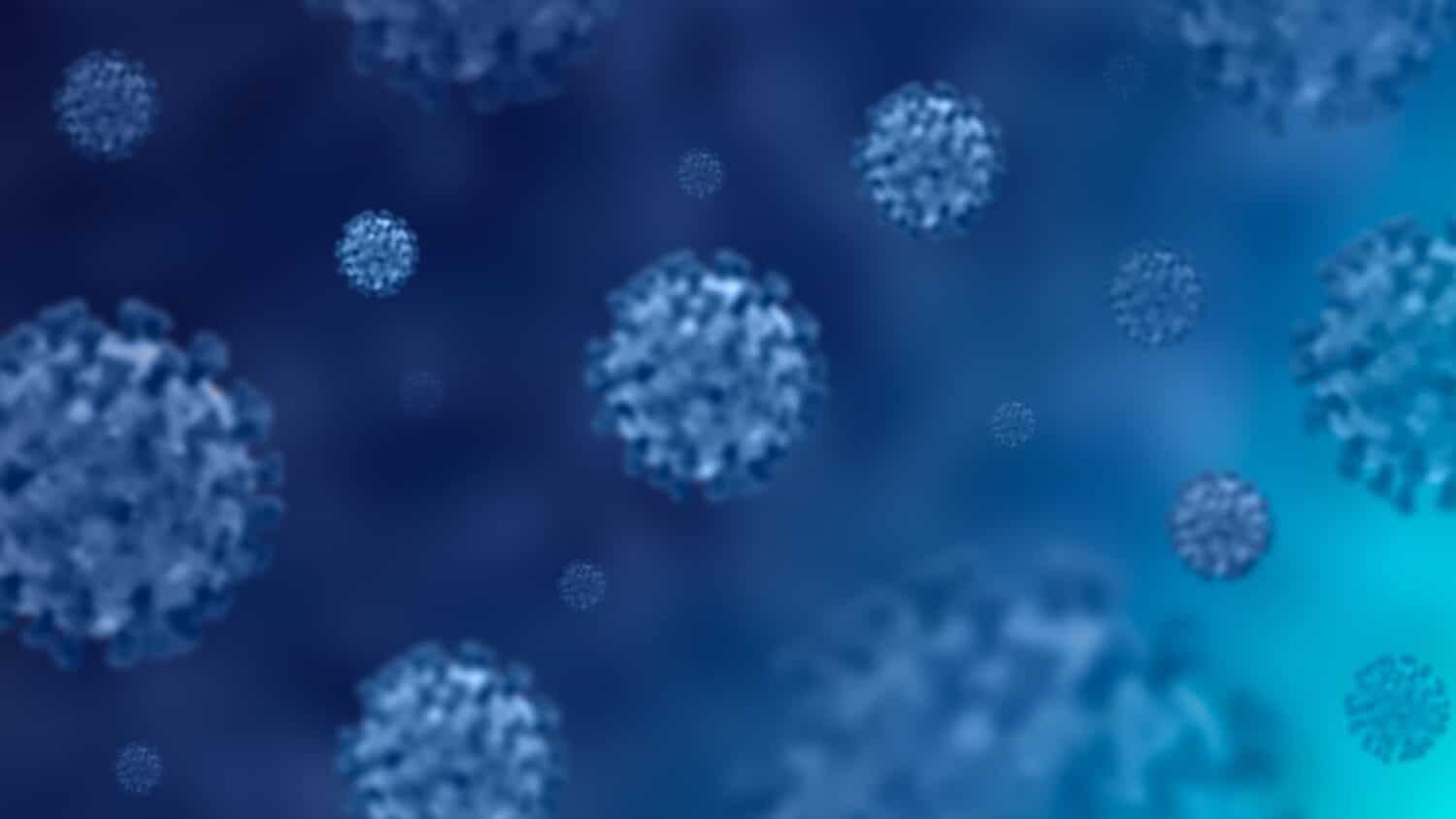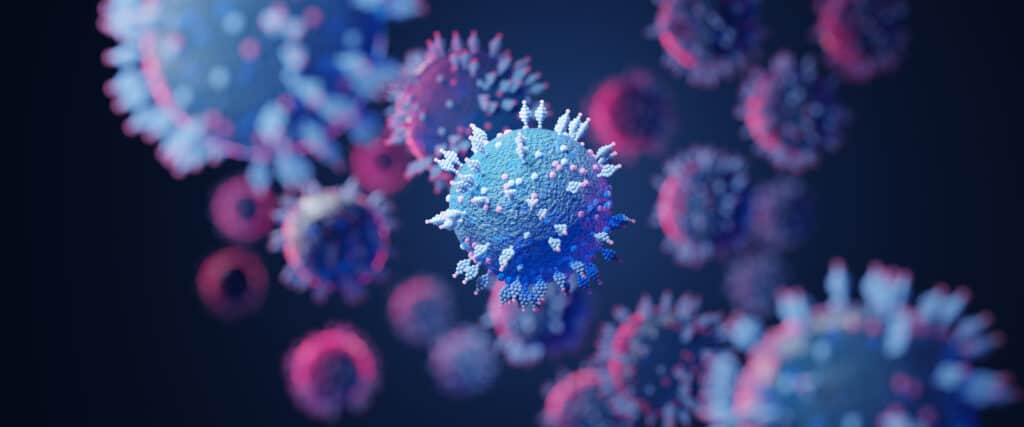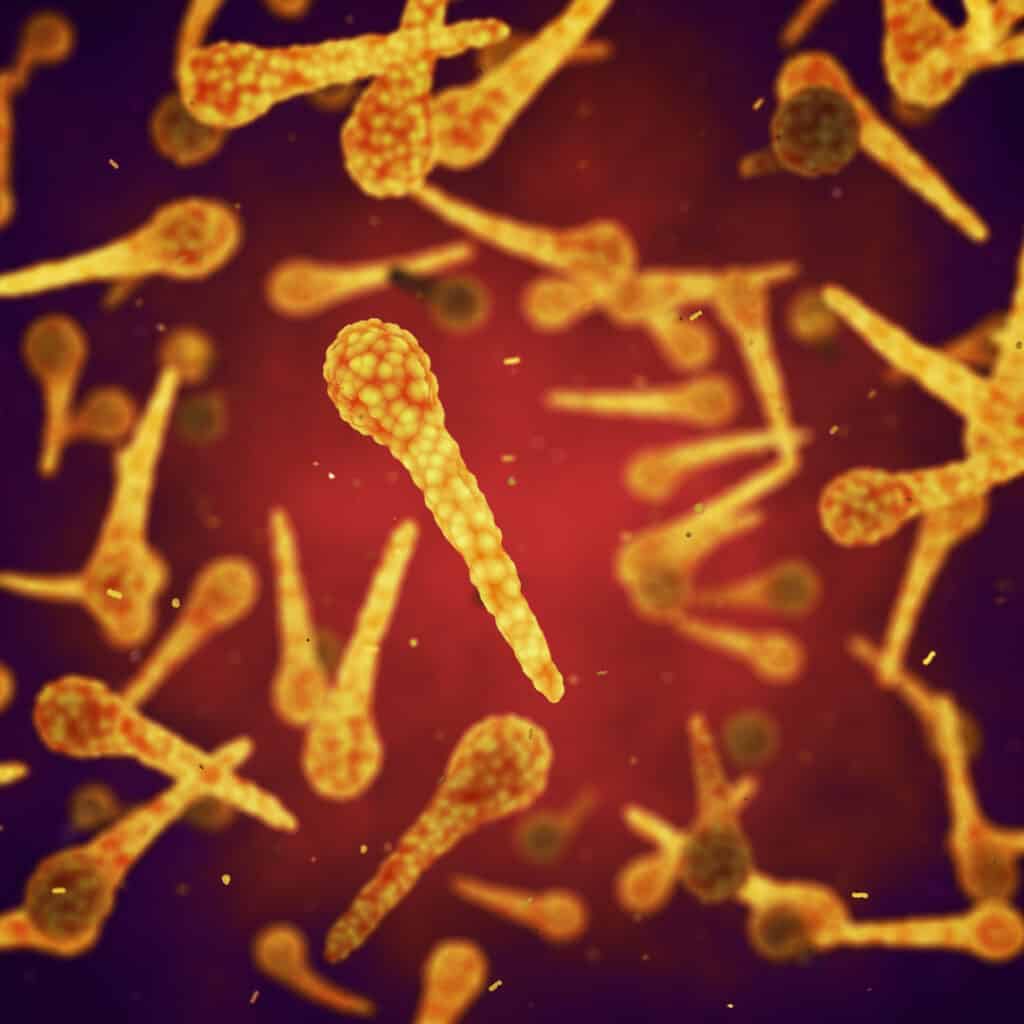An incubation period is a time between an organism’s exposure to an infectious or deleterious agent and the onset of symptoms.
Incubation Period Meaning
The incubation period is generally applied to mean the amount of time that elapses between an organism’s encounter with a pathogen, chemical, or form of radiation and the onset of symptoms from the exposure.
The term is most frequently applied to pathogenic organisms in the field of medicine. A pathogenic organism is anything that causes a disease in another organism. For example, Yersinia pestis is a species of bacteria that causes the bubonic plague in human beings.
The incubation period for the bubonic plague varies in human beings. However, the Centers for Disease Control and Prevention lists the incubation period for bubonic plague as being between 2 and 8 days after being infected. However, the incubation period for this ailment can also change depending upon the way it’s introduced into the host.
If the plague is introduced to a human by fleas, the symptoms arrive after 2 to 8 days. If an individual is contaminated through the air, then the time required for symptoms to appear drops to between 1 and 3 days.
The amount of time it takes for radiation sickness to appear or for an individual to show symptoms from exposure to a chemical is less commonly referred to as an incubation period. However, the term is still applicable.
Examples of Incubation Periods of Various Ailments
| Ailment | Incubation Period |
|---|---|
| COVID-19 | 2 to 14 days |
| Influenza | 1 to 3 days |
| Chickenpox | 10 to 21 days |
| Rhinovirus | 1 to 2 days |
| Salmonella | 0.5 to 1 day |
Not all ailments have such a brief incubation period. For example, HIV can take between 1 and 4 weeks on average to show symptoms. Some other ailments, like leprosy, can take years to become symptomatic.

A person with COVID-19 can take weeks to develop symptoms.
©PrinceJoy/Shutterstock.com
What Factors Affect the Length of an Incubation Period?
The incubation period of different ailment-causing agents varies depending on many factors. For example, the following can alter the timeline within a host:
- The amount of a pathogen introduced to the organism.
- The immune response from the infected organism.
- How the infection was transmitted to an individual.
An immune response could prolong the incubation period, reduce the severity of the symptoms, and cut down on the length of an illness. However, an individual with a compromised immune system could see a more rapid onset of symptoms and experience a more severe, prolonged variant of an illness.

A person that receives a higher pathogen load will probably fall ill faster than someone who received a small viral load.
©Fit Ztudio/Shutterstock.com
What Happens During an Incubation Period?
Rarely does an individual become symptomatic from a pathogen very quickly. Instead, time passes between the infection and the sickness. That is the case because the pathogen needs time to multiply within the individual.
For example, a rhinovirus takes between 1 and 2 days for enough of the virus to multiply within the host for them to experience symptoms. Generally speaking, those viruses cause inflammation in the throat and nose resulting in soreness in the throat, fever, and nasal congestion.
Pathogens require different amounts of time to reach that critical point where the individual feels the symptoms of the ailment.

Tetanus can take up to three weeks to incubate.
©nobeastsofierce/Shutterstock.com
Why Is Knowing this Time Important?
Scientists study the incubation period of the causes of certain ailments for many reasons. For example, doctors need to know the amount of time a pathogen needs to cause harm. With that knowledge, they can surmise the amount of time before the most serious symptoms appear. That way, they can plan treatments to prevent the worst outcomes.
Doctors can use that information to advise their patients on effective treatment methods. For example, a rhinovirus typically arrives with the worst symptoms. If the infected individual can manage those symptoms with medicine under the guidance of a doctor, they can probably avoid going to the emergency room.
If the progression of the disease and the symptoms don’t fall in line with the initial diagnosis, it could be a sign that the person is suffering from a different ailment.
Another reason that doctors must know the incubation period of an illness is to aid with contact tracing. If an individual has a disease with an incubation period of 7 days, they probably came into contact with many people during that time. The amount of time it takes for symptoms to appear does not always align with the amount of time it takes for an ailment to be transmissible.
For example, COVID-19 is transmissible between people for up to two days before symptoms show in the infected person. Meanwhile, the sickness has an incubation period of up to 14 days before the person can feel ill. That leaves a lot of room for one sick person to have infected others.
All these reasons demonstrate the importance of understanding how long it takes pathogens to present symptoms. That knowledge can inform treatments, predict outbreaks, and provide comfort for a sick person.

Doctors can utilize an infection timeline to develop proper treatments.
©ARTFULLY PHOTOGRAPHER/Shutterstock.com
Incubation Period Pronunciation
The term incubation period is pronounced: in-kyuh-bay-shn pee-ree-uhd.








